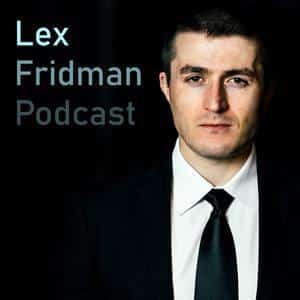
In this episode of “The Lex Fridman Podcast,” astrophysicist Anna Frebel discusses the origin and evolution of the universe, galaxies, and stars. She shares her research on the oldest stars in the Milky Way galaxy and their significance in understanding the early universe. Join Lex and Anna as they delve into the mysteries of space and the fascinating discoveries made by studying ancient stars.
The universe began with the Big Bang, which left a universe primarily composed of hydrogen, helium, and a small amount of lithium. The formation of stars and galaxies was challenging from this hot gas, but the first stars, made only of hydrogen and helium, eventually formed. These massive stars exploded, providing the first heavier elements to the universe. This marked an important transition, as the universe was no longer chemically pristine. Small stars formed soon after the Big Bang and are still observable today, offering insights into the early universe.
The Milky Way is a spiral disc galaxy containing billions of stars. Understanding its structure, such as the inner spiral arm and the Galactic Center, helps us feel more connected to our galaxy. The vastness of space can evoke feelings of wonder and sadness, but studying the structure of the Milky Way allows us to appreciate its beauty and complexity.
Black holes play a crucial role in the formation of galaxies, including the supermassive black holes found in the centers of large galaxies. However, their origins are still unknown. Observational cosmology, using techniques like gravitational waves and the upcoming James Webb Space Telescope (JWST), can provide valuable insights into the early universe and the processes involved in galaxy and black hole formation.
Old stars carry the chemical signatures from their progenitor events, offering clues about the origins of elements in the universe. Low abundances of heavy elements in stars suggest they are some of the oldest. Retrograde motion indicates accretion from outside the galaxy, adding to our understanding of stellar evolution and galactic history.
Collaboration with undergrad students has led to groundbreaking discoveries in stellar archaeology. Research projects require structured frameworks and organized approaches to unravel the mysteries of the universe. Discovering metal poor stars, such as H.E. 1327 and H.E. 1523, has provided important insights into the early universe and the processes involved in the formation of elements. Astronomers have also discovered second-generation stars with unique chemical compositions, shedding light on the nature of the very first stars.
Exploring the origin and evolution of the universe, galaxies, and stars is a captivating journey that reveals the beauty and complexity of our cosmic ancestry. By studying ancient stars and their chemical signatures, scientists like Anna Frebel are unraveling the mysteries of the early universe. Collaborations, advancements in observational cosmology, and the upcoming James Webb Space Telescope promise to bring us closer to understanding the processes that shaped our universe. As we delve deeper into the details of stellar archaeology, we gain a deeper appreciation for the interconnectedness of all things and the vastness of our cosmic home.